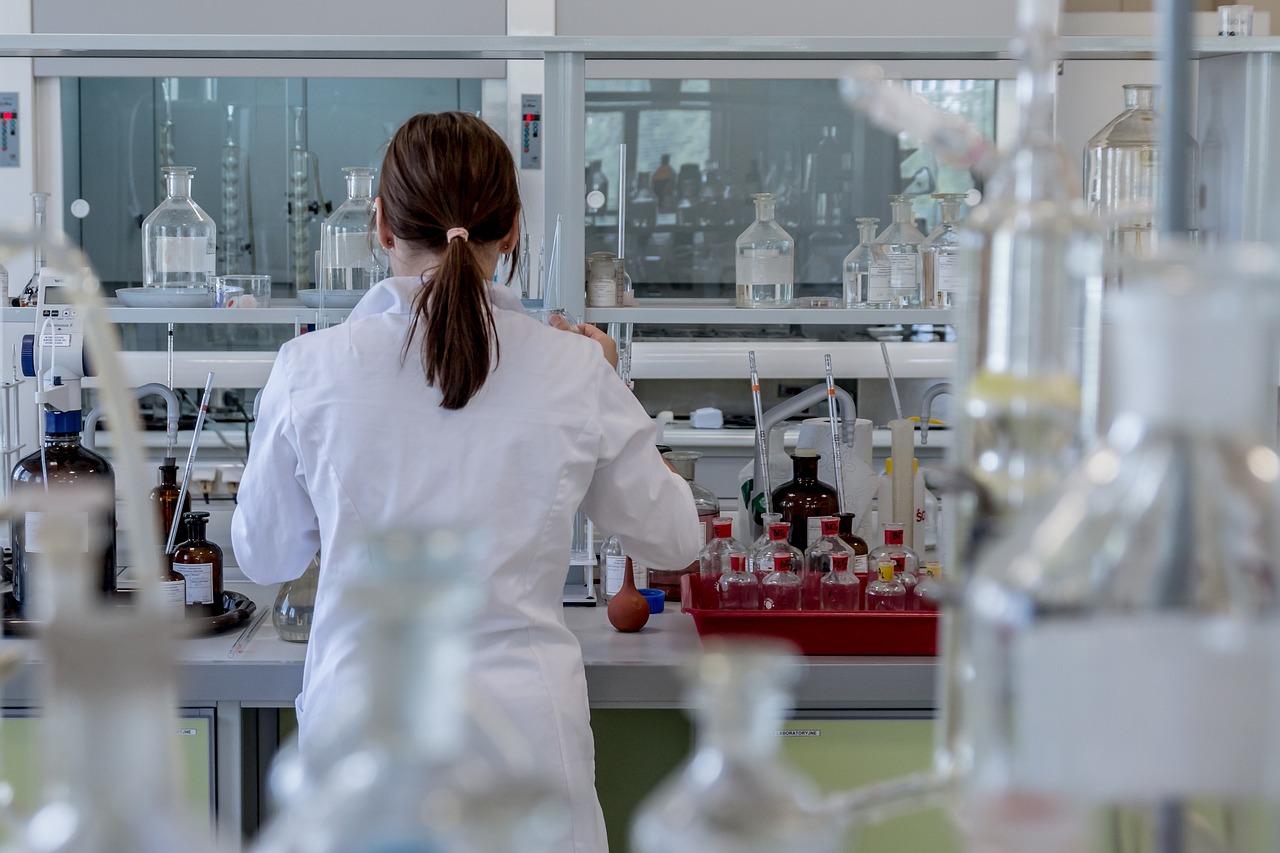According to various research findings, cancer cells have a heightened ability to absorb glucose for anaerobic glycolysis, which is their preferred mode of energy production. Hence, the search for new inhibitors of cancer cell metabolism is a promising field in anticancer research.
The use of 2-deoxy-D-glucose (2-DG), a glucose analog that cannot be metabolized, has been shown to effectively block glycolysis and induce the death of cancer cells. However, long-term daily administration of large doses of 2-DG has been shown to cause side effects such as central nervous system damage, limiting the potential application of 2-DG as a stand-alone therapeutic agent. In contrast, Fucoidan, a polysaccharide derived from brown algae that contains sulfated fucose, displays potent antitumor effects while maintaining non-toxicity towards normal cells and tissues.
So, in the blog, I would like to introduce the study, “Structure and Metabolically Oriented Efficacy of Fucoidan from Brown Alga Sargassum muticum in the Model of Colony Formation of Melanoma and Breast Cancer Cells” by Roza V. Usoltseva et al. The purpose of the research was to examine the structure of fucoidan 2SmF2, derived from the brown alga S. muticum, and its impact on colony formation in human melanoma SK-MEL-28 and breast cancer MDA-MB-231 cells, when combined with analog 2-deoxy-D-glucose (2-DG).
The glucose analog 2-DG is used to inhibit glycolysis by mimicking the glucose substrate, but is not completely metabolized. As a result, carbohydrate metabolism is impaired by the inhibition of glycolytic enzymes due to the accumulation of 2-DG6P. As a result, 2-DG has garnered attention as a potential anti-cancer drug.
In the study, they measured glucose uptake by melanoma SK-MEL-28 cells and breast cancer MDA-MB-231 cells using a method based on the detection of 2-DG6P content. The metabolic characteristics of SK-MEL-28 and MDA-MB-231 cells, including increased glucose uptake and a pronounced reliance on aerobic glycolysis, align with the bioenergetic phenotype associated with glycolytic cells, as shown in Figure 1.
The researchers began by evaluating the cytotoxicity of the investigated compounds to explore how 2SmF2 and 2-DG collectively impact metabolic processes.
2-DG exhibited mild cytotoxicity to MDA-MB-231 and SK-MEL-28 cells within 24 h at concentrations up to 8 mM (Fig. 2A, C). At the same time, it was found that there was no cytotoxic effect observed for 2SmF2 fucoidan when tested at concentrations ranging from 200–800 µg/mL, as illustrated in the figure 2B, D.
Based on the cytotoxicity data, non-toxic low concentrations of 2-DG and 2SmF2, which alone do not significantly affect cell viability, were selected for further testing in colony formation assays. 2-DG at 1, 2, and 3 mM reduced the colony number of MDA-MB-231 cells by 0%, 26%, and 79%, respectively, and the colony size by 15%, 42%, and 83%, respectively. The effect of 2-DG at concentrations of 0.1, 0.5, 1, and 2 mM on colony formation of SK-MEL-28 cells was more pronounced, reducing the colony number by 12%, 46%, 70%, and 83%, respectively. 2-DG at 0.1, 0.5, 1, and 2 mM showed a reduction in the colony size of SK-MEL-28 cells by 24%, 46%, 54%, and 54%, respectively.
In the experiment, different concentrations of Fucoidan 2SmF2 (100, 200, and 400 µg/mL) were tested, resulting in reductions of 24%, 34%, and 49% in the number of colonies of MDA-MB-231 cells, and reductions of 15%, 22%, and 48% in the number of colonies of SK-MEL-28 cells, respectively. 2SmF2 at concentrations of 100, 200, and 400 µg/mL reduced the size of colonies of MDA-MB-23 cells by 35%, 48%, and 52%, respectively, whereas the size of colonies of SK-MEL-28 cells was reduced by 0%, 0%, and 13%, respectively. The experimental results showed that 2SmF2 alone had a minor inhibitory effect on both the formation and growth of cancer cell colonies in soft agar, thereby indicating its potential therapeutic activity.
They next tested the combined effect of 2SmF2 fucoidan and 2-DG, a competitive inhibitor of glycolysis, in a colony formation model using MDA-MB-231 and SK-MEL-28 cells. We hypothesized that fucoidan could potentiate the inhibitory effect of low concentrations of 2-DG and effectively reduce the colony numbers of the cancer cells tested. The combination of 2-DG (2 mM) and 2SmF2 (200 µg/mL) inhibited colony formation in MDA-MB-231 cells by 61% compared to untreated cells (control). Treatment of SK-MEL-28 cells with the combination of 2-DG (0.5 mM) and 2SmF2 (200 µg/mL) reduced colony numbers by 56% compared to the control. The combination of fucoidan and 2-DG greatly decreased the size of colonies formed by MDA-MB-231 and SK-MEL-28 cells.
The results of this study provide evidence that fucoidan from brown algae S. muticum enhanced the inhibitory effect of 2-DG. The combination of natural sulfated polysaccharides from brown algae S. muticum effectively inhibited the growth of human melanoma SK-MEL-28 cells and breast adenocarcinoma MDA-MB-231 cells, demonstrating the potential and effectiveness of metabolically directed treatment. In addition, the inhibitory effects of the glycolysis inhibitor 2-DG were examined on malignant melanoma SK-MEL-28 cells and breast adenocarcinoma MDA-MB-231 cells.


Source: Mar Drugs. 2023 Sep; 21(9): 486. doi: 10.3390/md21090486
